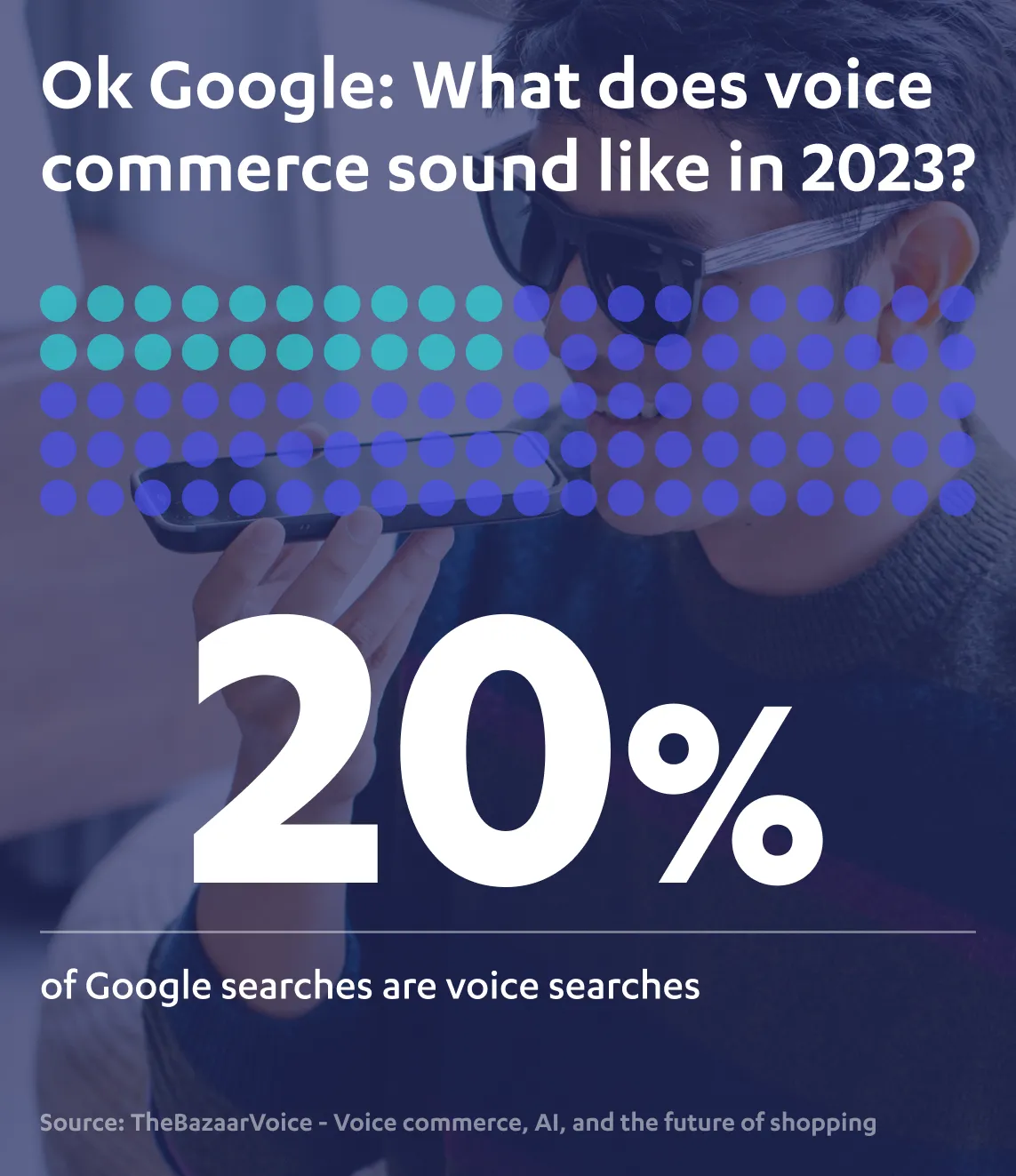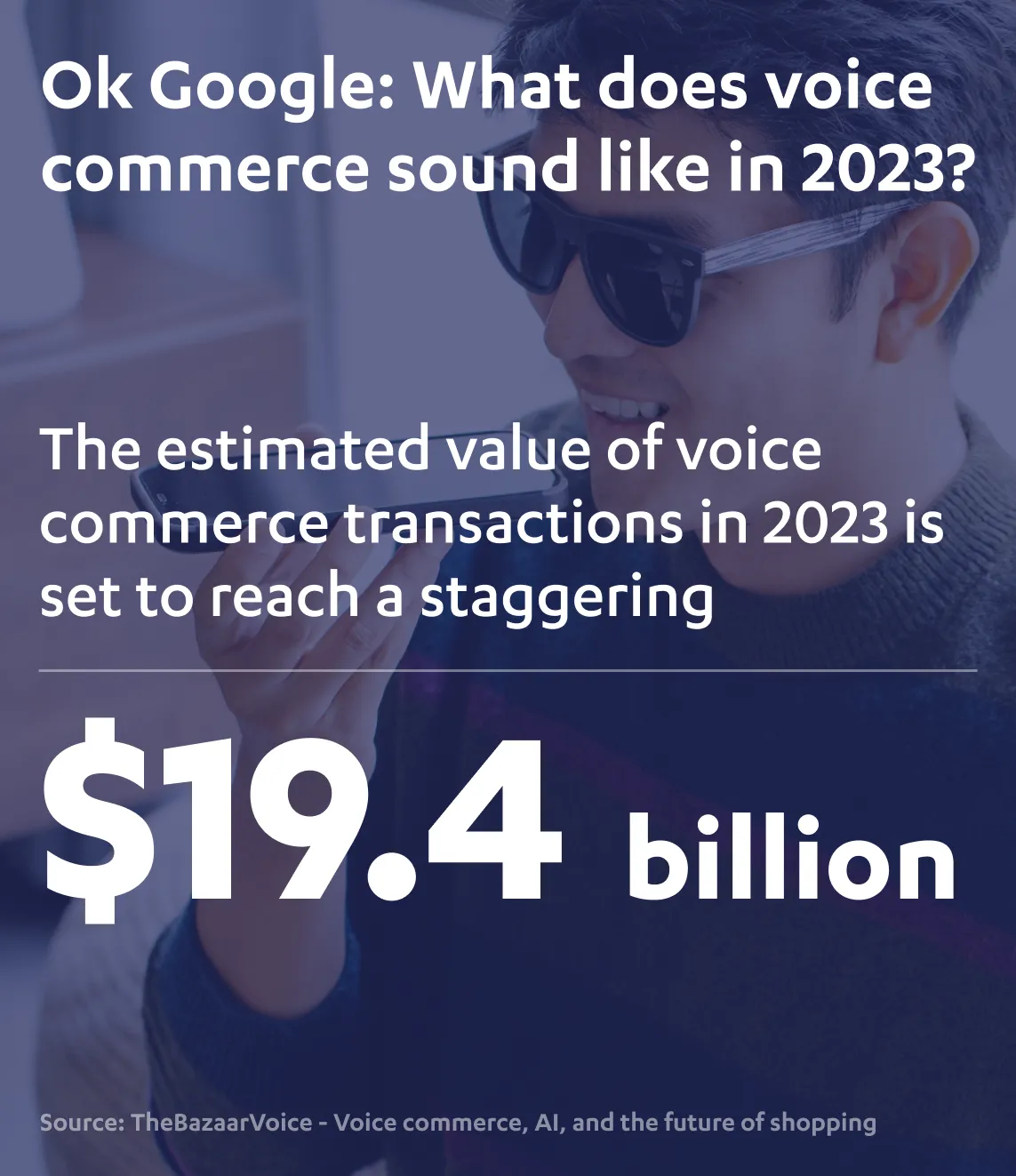The world of commerce is undergoing a rapid transformation.
From social payments to mobile commerce, it’s clear that technological advancements will continue both to impact traditional retail and evolve how we approach online shopping.
One of the newest trends in the rapidly changing e-commerce space is voice commerce.














